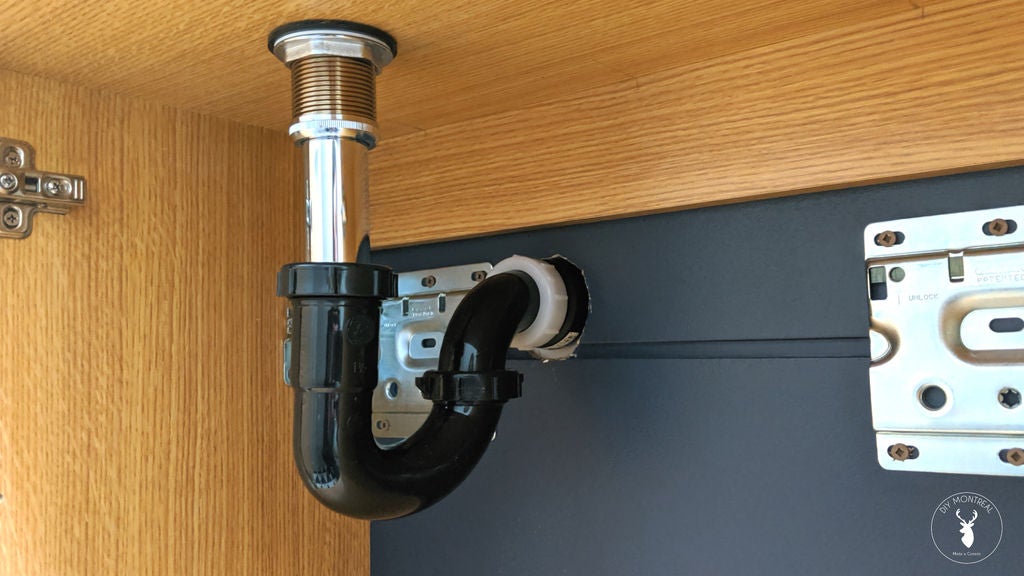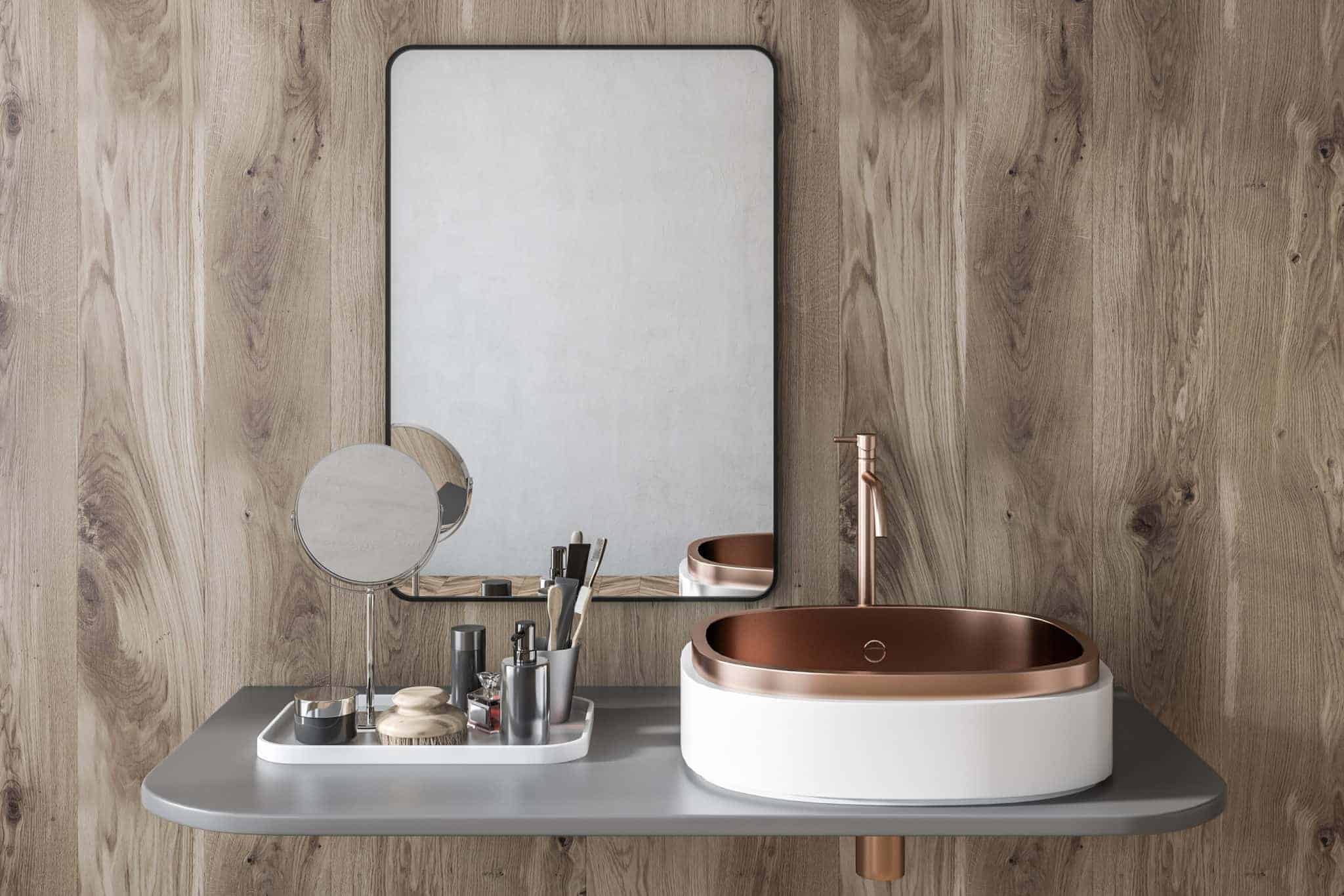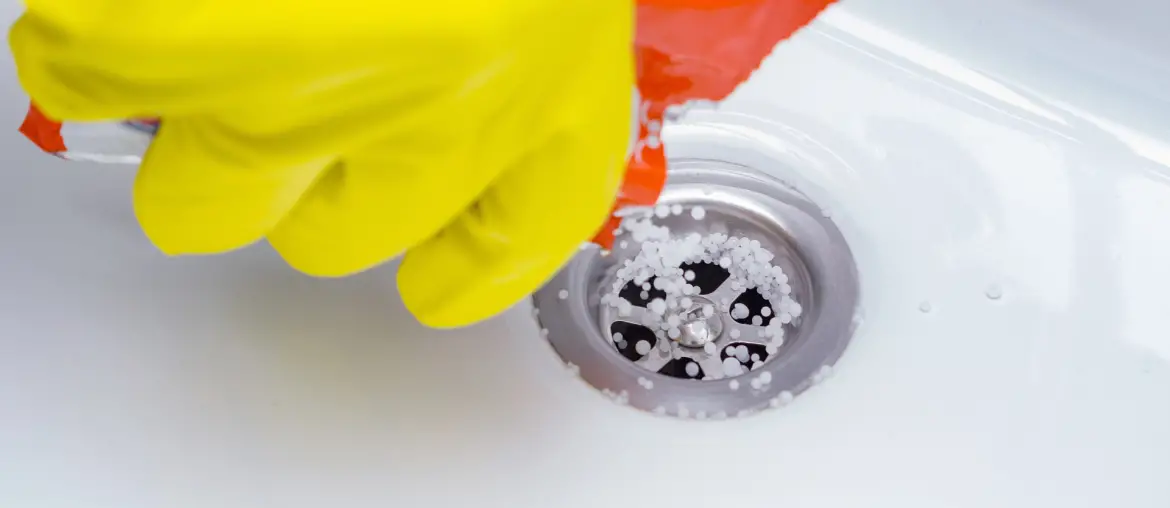Installing a bathroom sink drain may seem like a daunting task, but with the right tools and knowledge, it can be a simple DIY project. Not only will you save money by doing it yourself, but you will also have the satisfaction of knowing you completed the job on your own. Follow this step-by-step guide for a smooth and successful bathroom sink drain installation.How to Install a Bathroom Sink Drain
If you are comfortable with basic plumbing and have some handy skills, you can easily install a bathroom sink drain on your own. The process may vary slightly depending on the type of sink you have, but the basic steps remain the same.DIY Bathroom Sink Drain Installation
Step 1: Gather Your Tools Before you begin, make sure you have all the necessary tools and materials. These may include a wrench, pliers, screwdriver, plumber's putty, and a new sink drain assembly. It's also helpful to have a bucket or towel to catch any water that may spill during the installation process. Step 2: Prepare the Sink Start by removing the old sink drain assembly. This may involve unscrewing the old drain or using pliers to loosen and remove it. Once the old drain is removed, clean the sink thoroughly to remove any debris or old putty. Step 3: Apply Plumber's Putty Using plumber's putty, create a ring around the opening of the sink where the new drain will be placed. This will help create a waterproof seal and prevent any leaks. Step 4: Install the New Drain Place the new drain into the opening and tighten it with a wrench or pliers. Make sure it is securely in place and flush with the sink surface. Step 5: Connect the Drain Pipe Next, connect the drain pipe to the bottom of the sink drain. This may involve using a gasket or a slip nut depending on the type of sink you have. Make sure all connections are tight to prevent any leaks. Step 6: Test for Leaks Turn on the water and let it run for a few minutes to test for leaks. If you notice any leaks, tighten the connections or add more plumber's putty as needed. Step 7: Clean Up Once you have successfully installed the new bathroom sink drain, clean up any excess plumber's putty and tools. Your new drain should now be fully functional and ready to use.Step-by-Step Guide for Installing a Bathroom Sink Drain
Tip 1: Always read the manufacturer's instructions before beginning the installation process. Tip 2: Use a silicone-based plumber's putty for a stronger and longer-lasting seal. Tip 3: If you are unsure about any steps, consult a professional plumber for guidance. Tip 4: Make sure the drain pipe is properly aligned with the sink drain to prevent any blockages. Tip 5: Check for any leaks after installation and tighten any connections as needed.Bathroom Sink Drain Installation Tips
Wrench, pliers, screwdriver, plumber's putty, new sink drain assembly, bucket or towel.Tools Needed for Installing a Bathroom Sink Drain
Mistake 1: Not properly aligning the drain pipe with the sink drain. Mistake 2: Not using enough plumber's putty, resulting in leaks. Mistake 3: Not reading the manufacturer's instructions before beginning the installation process. Mistake 4: Not tightening all connections properly, leading to leaks. Mistake 5: Using the wrong type of plumber's putty, causing the seal to break down over time.Common Mistakes to Avoid When Installing a Bathroom Sink Drain
There are various types of bathroom sink drains available, including pop-up drains, grid drains, and push-button drains. Consider the style and functionality of your sink when choosing the right drain for your installation. Also, make sure to check the measurements and compatibility before purchasing to ensure a proper fit.Choosing the Right Bathroom Sink Drain for Your Installation
While it is possible to install a bathroom sink drain on your own, some homeowners may feel more comfortable leaving it to a professional plumber. If you are not confident in your plumbing skills or have a complex sink installation, it may be best to hire a professional to ensure a proper and leak-free installation.Professional vs. DIY Bathroom Sink Drain Installation
Even with careful installation, issues may still arise with your bathroom sink drain. Here are some common problems and how to troubleshoot them: Leaking Drain Pipe: Check all connections and tighten as needed. If the leak persists, the drain pipe may need to be replaced. Slow Drainage: This may be caused by a blockage in the drain pipe. Use a plunger or a drain snake to clear any clogs. Foul Odor: A build-up of debris and bacteria in the drain pipe can cause unpleasant odors. Use a drain cleaner or natural remedies such as baking soda and vinegar to eliminate these odors.How to Troubleshoot Common Issues with Bathroom Sink Drain Installation
The cost of installing a bathroom sink drain can vary depending on the type of sink you have, the complexity of the installation, and whether you hire a professional or do it yourself. On average, the cost can range from $150 to $500. Now that you have learned the steps and tips for installing a bathroom sink drain, you can confidently tackle this DIY project. Remember to always read the instructions and take your time to ensure a proper and leak-free installation. Happy plumbing!Cost of Installing a Bathroom Sink Drain
Why Install a Bathroom Sink Drain is Essential for Your House Design

Importance of Proper Drainage System in House Design
 When it comes to designing a house, the bathroom is often overlooked. However, it is an essential part of any home and should not be neglected. A proper drainage system is crucial for any bathroom, and this includes the installation of a bathroom sink drain.
Installing a bathroom sink drain
may seem like a simple task, but it plays a crucial role in maintaining the functionality and aesthetics of your bathroom. Without a properly installed drain, you may face various issues such as water pooling, foul odors, and even damage to your bathroom's flooring and walls.
Proper drainage
is also important for the overall health of your household. Stagnant water can become a breeding ground for bacteria and can lead to health hazards for you and your family. This is why it is essential to ensure that your bathroom sink has a
properly installed and functioning drain.
When it comes to designing a house, the bathroom is often overlooked. However, it is an essential part of any home and should not be neglected. A proper drainage system is crucial for any bathroom, and this includes the installation of a bathroom sink drain.
Installing a bathroom sink drain
may seem like a simple task, but it plays a crucial role in maintaining the functionality and aesthetics of your bathroom. Without a properly installed drain, you may face various issues such as water pooling, foul odors, and even damage to your bathroom's flooring and walls.
Proper drainage
is also important for the overall health of your household. Stagnant water can become a breeding ground for bacteria and can lead to health hazards for you and your family. This is why it is essential to ensure that your bathroom sink has a
properly installed and functioning drain.
The Process of Installing a Bathroom Sink Drain
 Before starting the installation process, it is crucial to gather all the necessary tools and materials. These may include a plunger, pliers, a wrench, plumber's putty, and a new drain assembly.
The first step
is to remove the old drain assembly, if there is one. This can be done by unscrewing the drain flange and removing the old putty or silicone sealant. Next, clean the area thoroughly to ensure a smooth and secure fit for the new drain.
The second step
is to apply a thin layer of plumber's putty to the underside of the new drain flange and then place it in the drain hole. This will create a watertight seal and prevent any leaks.
The third step
is to install the new drain body and secure it with the provided screws. Make sure to tighten the screws evenly to avoid any gaps or leaks.
The final step
is to connect the new drain assembly to the sink's tailpiece and tighten the nut with pliers. Test the drain by running water and check for any leaks. If there are no leaks, you have successfully installed a new bathroom sink drain.
Before starting the installation process, it is crucial to gather all the necessary tools and materials. These may include a plunger, pliers, a wrench, plumber's putty, and a new drain assembly.
The first step
is to remove the old drain assembly, if there is one. This can be done by unscrewing the drain flange and removing the old putty or silicone sealant. Next, clean the area thoroughly to ensure a smooth and secure fit for the new drain.
The second step
is to apply a thin layer of plumber's putty to the underside of the new drain flange and then place it in the drain hole. This will create a watertight seal and prevent any leaks.
The third step
is to install the new drain body and secure it with the provided screws. Make sure to tighten the screws evenly to avoid any gaps or leaks.
The final step
is to connect the new drain assembly to the sink's tailpiece and tighten the nut with pliers. Test the drain by running water and check for any leaks. If there are no leaks, you have successfully installed a new bathroom sink drain.
In Conclusion
 As you can see, installing a bathroom sink drain is essential for your house design and overall well-being. It may seem like a small and insignificant task, but it can have a significant impact on the functionality and aesthetics of your bathroom. So, make sure to pay attention to this crucial aspect of your house design and ensure that your bathroom has a properly installed and functioning drain.
As you can see, installing a bathroom sink drain is essential for your house design and overall well-being. It may seem like a small and insignificant task, but it can have a significant impact on the functionality and aesthetics of your bathroom. So, make sure to pay attention to this crucial aspect of your house design and ensure that your bathroom has a properly installed and functioning drain.




:max_bytes(150000):strip_icc()/bathroom-sink-drain-installation-2718843-07-2b728cbd5c994dc39179346f51bb6421.jpg)










/bathroom-sink-drain-installation-2718843-01-4955fe1f576b447a91abe51c126d220b.jpg)








:max_bytes(150000):strip_icc()/bathroom-sink-drain-installation-2718843-02-61e5ecbee1e949be8d8f45ac4f5a6797.jpg)






/bathroom-sink-drain-installation-2718843-03-6fee5b9d9f7d475abfe06a95ddb1f695.jpg)





:max_bytes(150000):strip_icc()/bathroom-sink-drain-installation-2718843-11-675b59e962dd4f69b510d5c9e1fd215f.jpg)



























